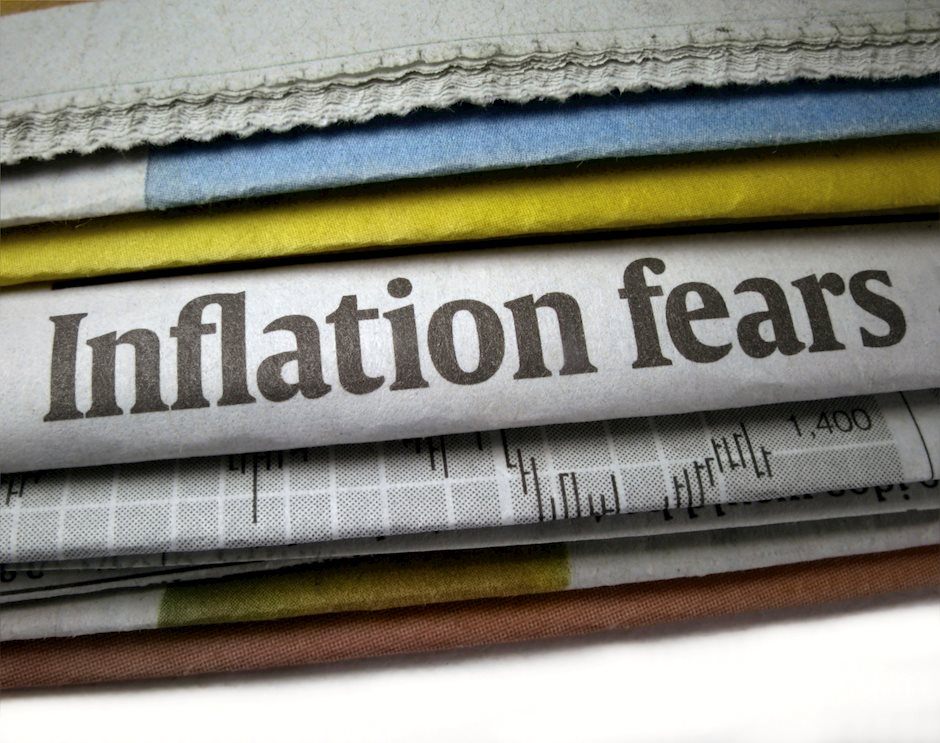US CPI Preview: Forecasts from eight major banks for critical May inflation

The US dollar is at the upper end of its range ahead of the release of US Consumer Price Index figures at 12:30 GMT. As we get closer to the release time, here are the expectations as forecast by the economists and researchers of eight major banks, regarding the upcoming US inflation data. After April's jump, headline inflation is forecast to accelerate to 4.7% YoY and a 5% read could trigger a substantial upside move in the greenback. Core CPI is set to rise to 3.5% YoY.
See – US CPI May Preview: Inflation angst is coming
NBF
“We expect the core index to have gained 0.3% MoM. As a result, the annual core inflation rate could move up from 3.0% to a 28-year high of 3.3%. Headline prices could also have risen 0.3% MoM, helped by a slight increase in seasonality-adjusted gasoline prices. This gain, combined with a positive base effect, should allow the annual rate to rise from 4.2% to 4.5%, the highest figure recorded since September 2008.”
CIBC
“The recovery in sectors impacted the most by the pandemic, including air travel and hotels, likely saw prices increase rapidly again in May, taking them closer to pre-pandemic levels. Strong demand in goods categories amidst supply chain issues, and in-service sectors that are facing worker shortages likely added to price pressures. Used car prices also appear to have posted a lofty rise, which would combine with the latter factors to result in a 0.4% monthly advance in core CPI, taking annual core inflation up to 3.4%. The annual figure is, however, magnified by year-ago weakness. When adding food and energy prices back into the mix, total CPI likely advanced by 0.3% on the month, as the seasonal adjustment process likely wiped away the observed rise in gasoline prices. That would leave total inflation at 4.6%, which would again have been exaggerated by base effects.”
TDS
“Strength in travel items, most notably used vehicles, airfares and lodging, likely led to another strong rise in core prices, albeit not quite as strong as in April. We advise against extrapolating, but the data will keep alive the "transitory" debate. The boost from base effects will peak with this report; we forecast 4.8%/3.6% YoY for total/core prices, up from 4.2%/3.0%.”
RBC Economics
“Headline US CPI is expected to have remained above 4% in May, distorted in part again by the recovery in energy prices. Though similar to April, a shortage of used cars and more demand for air travel are expected to continue to push up prices for transportation in May.”
Deutsche Bank
“We are of the view (shared by the Fed’s leadership) that this current episode is likely to prove temporary thanks to one-off factors such as those associated with the economic reopening and base effects. Indeed, the strength in core CPI last month was largely due to categories at the epicentre of the covid pandemic, where there were likely severe supply/demand imbalances related to reopening or stimulus-boosted demand. We see a similar theme in the May core CPI release, where they’re forecasting a +0.5% MoM increase (vs. +0.9% previously), while our expectation for the headline CPI is similarly for a +0.5% monthly increase (vs. +0.8% previously).”
CE
“We do not expect the surge in core prices in April to be repeated in full, but continued rapid growth in prices for the likes of used vehicles and airfares points to another outsized increase, of about 0.6% MoM. That would be enough to push core CPI inflation up to 3.7%, a 28-year high, although we doubt that would shift the Fed’s belief that higher inflation will prove transitory.”
ING
“This week we are likely to see consumer price inflation rise further – our forecast is 4.8% YoY for May with core (ex-food and energy inflation) rising to 3.3% from 3%. For the former, this would mark the highest inflation reading since 2008 – when oil prices surged to $146/barrel – while for the core rate it would be the strongest reading since 1993! This should mark the peak in inflation, though, given much of it is being driven by comparing price levels in a vibrant reopening economy versus those of twelve months ago, when there were sharp falls in prices across the board as companies desperately sought cash. Nonetheless, supply chain issues, rising commodity prices, labour market shortages and rising house prices suggest to us inflation could remain more elevated and be more persistent than the Federal Reserve is publicly forecasting. This is a key factor why we think the Fed will raise the interest rate sooner than 2024.”
ANZ
“We expect US core inflation to rise by 0.5% m/m (3.5% YoY) in May. A significant upside surprise in inflation could tilt the Fed taper discussion to sooner rather than later.”
Author

FXStreet Insights Team
FXStreet
The FXStreet Insights Team is a group of journalists that handpicks selected market observations published by renowned experts. The content includes notes by commercial as well as additional insights by internal and external analysts.
















